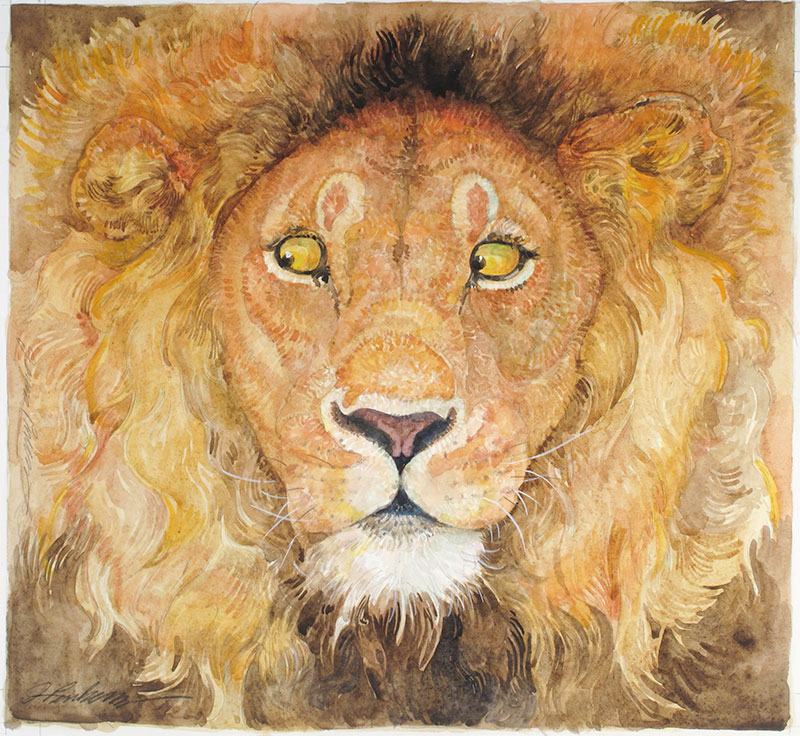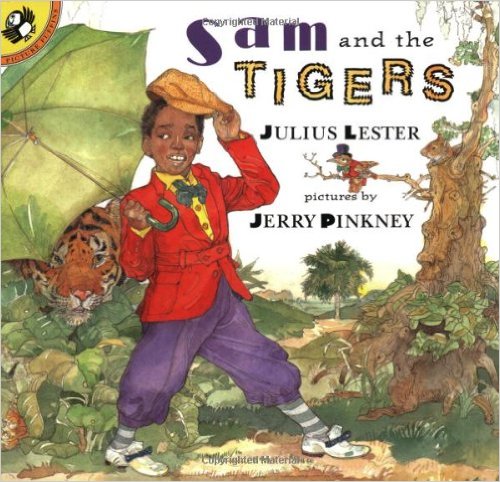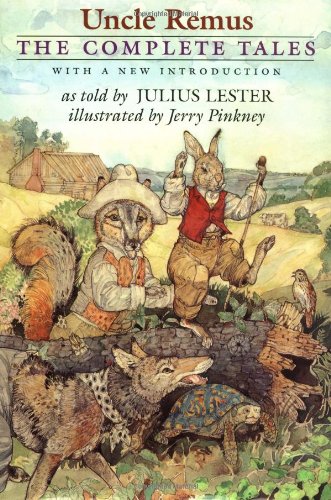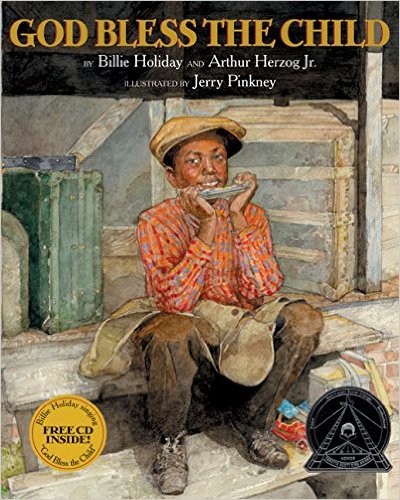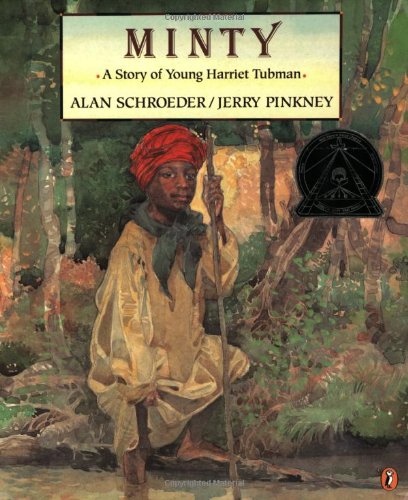Curriculum: Making Positive Change (Grades, 6-12)
Build writing skills, media literacy, and civic responsibility as you explore ways that Jerry Pinkney helped to diversify children’s literature.
Common Core State Standards (CCSS) Goals:
- Write arguments to support claims in an analysis of substantive topics or texts, using valid reasoning and relevant and sufficient evidence.
- Present information, findings, and supporting evidence such that listeners can follow the line of reasoning and the organization, development, and style are appropriate to task, purpose, and audience.
Background to share
Throughout his career Jerry Pinkney has taken on projects that help to share the experiences of African Americans. When he entered the field, however, these stories were not often told. As a matter of fact, in books for both children and adults, African Americans were often depicted in negative ways. To change this, Pinkney created opportunities to cast African Americans as hero’s who possessed great strength and persistence. He took books like The Story of Little Black Sambo and Uncle Remus and created his own versions that reclaimed and reshaped the characters.
He also illustrated stories that captured African American experiences in the South and stories that captured everyday moments in the lives of African Americans across the country.
Watch Jerry Pinkney talk about his career illustrating texts, both picture books and traditional novels.
Artist Statement
I have a strong interest in why artists choose particular forms through which to express themselves. I chose book illustrations because I thrive on creating thought-provoking and engaging solutions for a text. In addition to enlivening the narrative visually with my artwork, it’s important to me to provide an opportunity for the reader to appreciate different ways of living, widening the sense of a place, and often, its historical context.
By grappling with my own interpretation of the world the writer creates, I grow as an artist and individual. This exhibition speaks to the meaning of the paintings themselves, and to the bookmaking process—from selecting projects that fit my artistic yearnings, to research, developmental sketches, photographing models, preparatory drawings, the finished illustrations, and at last, the bound book, which serves as both a historical object and work of art.
Activity
Share Student Stories or Make a Suggestion
Upload student work (images and written stories) – with parent’s permission of course! Or make a suggestion on how to improve or adapt this lesson in the comments below or email to education@nrm.org.
Thank you for participating in this exercise! We look forward to your thoughts and to seeing what you and your students create.
Related Content
Resources
BOOK: Sam and the Tigers
BOOK: The Complete Tales of Uncle Remus
BOOK: God Bless the Child
BOOK: God Bless the Child


